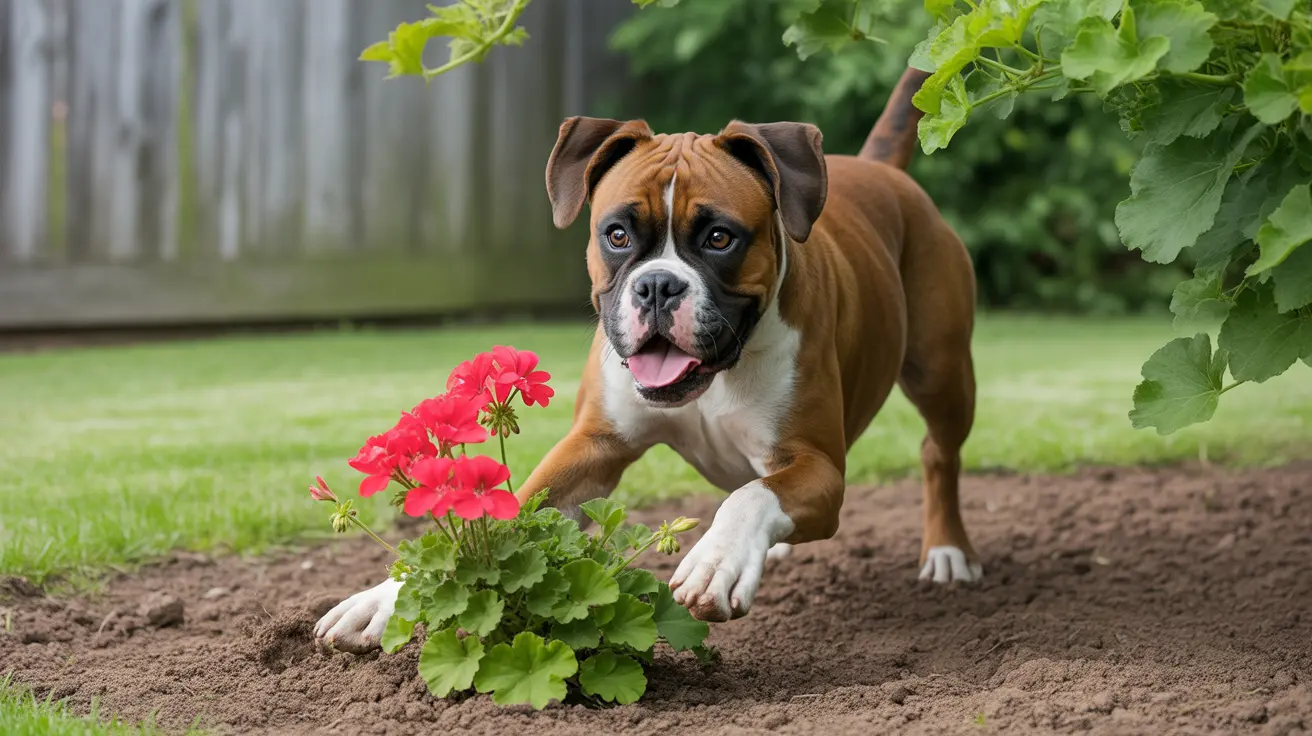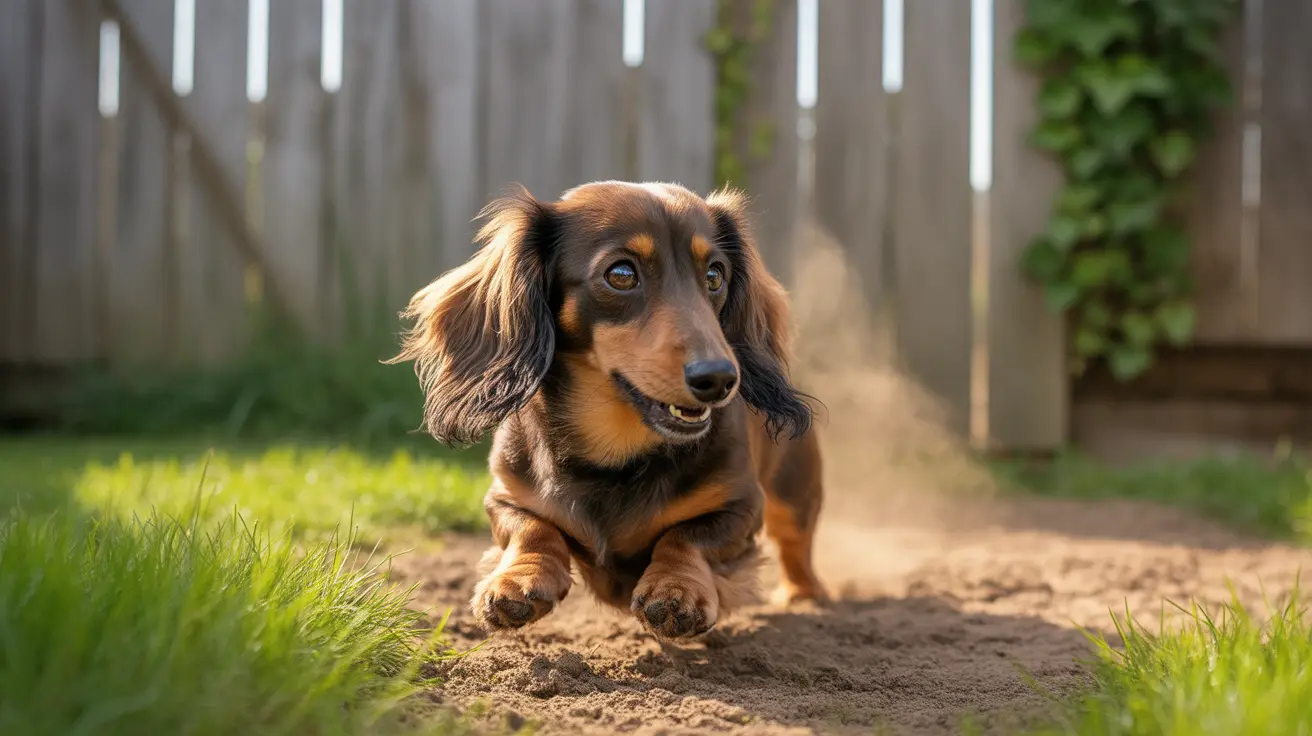The Chinese Shar-Pei: Understanding Its Aggressive Reputation
The Chinese Shar-Pei is a distinctive and ancient dog breed known for its trademark wrinkled skin and blue-black tongue. With origins dating back more than 2,000 years to the Han Dynasty in China, this breed was traditionally used for multiple purposes, including property guarding, hunting, and even dog fighting. These early functions shaped the breed's modern-day temperament, which explains its reputation for aggression and protectiveness.
Breed Overview
- Size: Medium (18–20 inches tall, 45–60 pounds)
- Coat: Short, sandpaper-like coat in 'horse coat' or 'brush coat' varieties
- Colors: Solid shades like black, blue, cream, fawn, red, and sable
- Distinct Features: Small triangular ears, curled tail, and a hippopotamus-like muzzle
Why the Aggressive Label?
Several factors contribute to the Shar-Pei being perceived as an aggressive breed:
- Protective instincts: Bred as guardian dogs, they are naturally territorial and can be suspicious of strangers without proper socialization.
- Fighting history: Their involvement in dog fighting in past centuries has imparted a legacy of behavioral reactivity.
- Strong will: Shar-Peis are independent and not naturally inclined to heed commands without consistent and confident training.
Temperament and Behavior
The breed is loyal, aloof, calm, and intelligent, but not particularly friendly with unfamiliar people or animals. Shar-Pei dogs generally form a deep bond with their owners and may favor one person in the household. Their naturally reserved nature makes them less tolerant of unruly behavior, especially from young children or other energetic pets.
Despite their reputation, they are not inherently vicious. With the right upbringing—early socialization, clear leadership, and positive training—they can be excellent companions.
Training Requirements
Early and ongoing training is essential. Socialization between 8–12 weeks is a crucial window for introducing Shar-Pei puppies to various environments and individuals. They respond best to positive reinforcement, as harsh training methods may exacerbate stubbornness or fear-based aggression.
Care and Grooming Needs
- Exercise: Moderate (30–60 minutes daily)
- Grooming: Weekly brushing, occasional baths, and meticulous cleaning of skin folds
- Nutritional needs: High-quality dog food tailored to life stage and controlled to prevent obesity
Health Concerns Linked to Behavior
Some health conditions in Shar-Pei may affect behavior:
- Shar-Pei Fever: A recurring fever condition that may cause discomfort and irritability
- Skin and ear issues: Chronic inflammation and infections may increase frustration or sensitivity
- Entropion: Eye irritation from inward-turning eyelids may affect vision and behavior
Is the Shar-Pei Right for You?
This breed is best suited for experienced dog owners who understand the importance of early socialization and structured routines. Calm households with older children and no other dogs are often ideal.
Key Takeaways
- The Chinese Shar-Pei has a history as a working and fight dog, which contributes to its perceived aggression.
- Proper training and socialization can mitigate many behavioral challenges.
- The breed displays loyalty and calmness within its household and is often a devoted family companion.
- Potential owners should be aware of health issues and temperament before selecting this breed.
While the Shar-Pei may have earned a reputation for aggression, in the right environment and with proper care, this unique breed can be both loving and loyal. Understanding the roots of its behavior is the key to responsible ownership.





